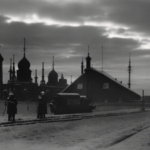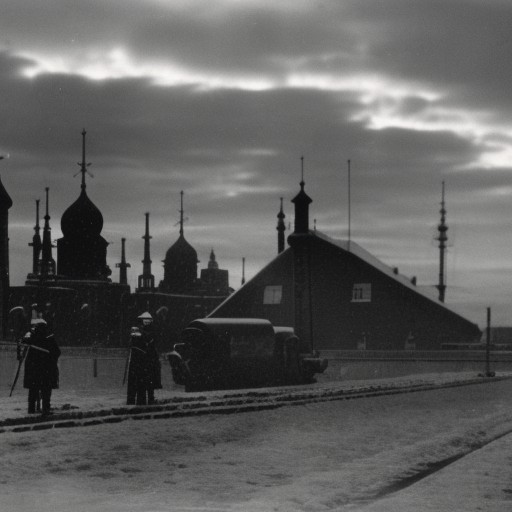The War of the Austrian Succession (1740-1748)
The War of the Austrian Succession was a conflict that occurred from 1740 to 1748 and involved several European powers. It was primarily fought over the issue of who would inherit the Habsburg territories after the death of Emperor Charles VI of Austria. The war had significant political and territorial consequences, reshaping the balance of power in Europe.
Background:
The war was triggered by the death of Emperor Charles VI in 1740. He had issued the Pragmatic Sanction in 1713, which allowed his daughter, Maria Theresa, to inherit his lands. However, several European powers, including Prussia, Bavaria, and France, challenged Maria Theresa’s right to rule. They saw an opportunity to expand their own territories and weaken the Habsburgs.
First Silesian War (1740-1742):
The conflict began with the invasion of Silesia by Prussian forces under King Frederick II. He claimed that the region rightfully belonged to him and launched an attack before Maria Theresa could consolidate her rule. Despite initial setbacks, Maria Theresa managed to secure support from Britain and the Dutch Republic. However, she was forced to cede Silesia to Prussia in the Treaty of Berlin in 1742.
War in Italy and the Low Countries:
The war also spread to other regions. France, under King Louis XV, sought to expand its influence in the Low Countries and Italy. French forces invaded the Austrian Netherlands and captured several key fortresses. In Italy, they supported the claims of Charles Emmanuel III of Sardinia against Austria. However, the French were ultimately unable to achieve their objectives and were forced to make concessions in subsequent peace treaties.
Second Silesian War (1744-1745):
In 1744, Maria Theresa sought to regain Silesia and launched a counteroffensive against Prussia. She formed an alliance with Hungary, Saxony, and France. The war initially went in favor of the Austrians, with several victories against Prussian forces. However, the tide turned when Frederick II decisively defeated the Austrians at the Battle of Hohenfriedberg in 1745. This led to the signing of the Treaty of Dresden, which confirmed Prussia’s control over Silesia.
Peace of Aix-la-Chapelle (1748):
The war continued for a few more years, with various battles and sieges taking place. However, by 1748, all parties involved were exhausted and ready for peace. The Treaty of Aix-la-Chapelle was signed, bringing an end to the conflict. The treaty confirmed Maria Theresa’s position as the ruler of Austria and recognized Prussia’s control over Silesia. It also restored the status quo ante bellum in most other regions.
Consequences:
The War of the Austrian Succession had several significant consequences. It established Prussia as a major European power and confirmed the rise of Frederick II as a skilled military leader. The war also weakened the Habsburgs and highlighted the need for Austria to reform its military and administration. Additionally, it strained relations between Austria and Prussia, setting the stage for future conflicts such as the Seven Years’ War.
In conclusion, the War of the Austrian Succession was a complex conflict fought over the inheritance of the Habsburg territories. It involved multiple European powers and resulted in significant territorial changes. Despite initial setbacks, Maria Theresa managed to secure her position as ruler of Austria, but at the cost of losing Silesia to Prussia. The war reshaped the balance of power in Europe and set the stage for future conflicts.












